The Indian National Congress: Problems, Challenges and the Way Forward
Srijan is a passionate quizzer and debater. He enjoys writing and talking about politics and cricket with just about anyone and everyone
It has just been four months into 2022 and it has already turned out to be the bumper election season. With elections just concluded in five Indian states namely Punjab, Goa, Manipur, Uttarakhand and more importantly Uttar Pradesh, the mandate for 2024 apparently seems to be clear. The BJP appears well on its way to securing its third consecutive term with Narendra Modi at the helm of affairs. The triumvirate of Narendra Modi, Amit Shah and Yogi Adityanath has been instrumental in thriving the path for scripting a new chapter in history where the victory of the Bharatiya Janata Party (BJP) is largely uncontested.
What has made it rather easier for the party to continue consolidating its power with virtually no boundaries is the fact that the Indian opposition lies in disarray. The principal opposition party- the Indian National Congress (INC) seems to be a party inadvertently facing an abysmal political crisis. The Aam Aadmi Party (AAP) and the All India Trinamool Congress (AITC) under the leadership of Arvind Kejriwal and Mamata Banerjee respectively have tried to emerge as worthy alternatives to the Congress but the fact remains that both parties have a very long way to go to establish themselves as contenders to the BJP at the national level.
And through the course of any healthy democracy, the presence of a strong opposition and a counter alternative to the incumbents is always of paramount importance. The long, continued absence of the opposition has made it easier for the BJP to amass power. Even for those people who don’t identify themselves as supporters of the BJP or are not on the ideological bandwagon as that of the BJP, voting for the BJP has seemed to be choosing the better evil out of the two.
As of today, the Indian National Congress remains in power on its own in only two states in India-Chhattisgarh and Rajasthan. The Congress has failed to retain its mandate in Punjab where the Aam Aadmi Party emerged victorious with a huge majority. It is for the first time in the electoral history of Punjab that a non-Akali Dal, non-Congress party has gone ahead to win the public mandate and form the government. The Congress’ results in the 4 other states where elections have recently concluded are not noteworthy as well. Particularly in Uttar Pradesh where the party managed to secure only two seats. Even the district of Amethi, which has for long been a bastion for the Congress for decades since Indian independence has now gone on to choose better alternatives.
In rather simple terms, it’s only fair to say that the health of the Indian National Congress is critical. The party which was once considered to be the symbol of India and the predominant face of the Indian independence struggle is now fighting for its survival. It is in fact, time for Congress to reboot and regroup to effectively face the mountain of challenges that it is presented with.
In the subsequent sections of this article, I shall go on to critically examine some of the most vital challenges it has to encounter.
Problems with the Indian National Congress
Firstly, for any political party to thrive in conditions as hostile as the Indian political climate, the presence of a strong, astute leader capable enough to tackle dynamic political conditions is very critical. And it is the absence of a strong figure capable enough to tackle and counter the rise of the BJP that is hurting Congress’ aspirations to rise to power.
While on the website and other social media handles of the Indian National Congress, Smt. Sonia Gandhi continues to find herself listed as the President of the party, her minimalistic presence in the public sphere indicates otherwise. Her minimal presence in addressing public rallies or digital rallies (as recommended by the Election Commission of India in January 2022 to counter the spread of the Omicron variant of Covid-19) in the election-bound states and the subsequent rise of Rahul and Priyanka Gandhi, both of whom in their admission are reluctant entrants into the field of politics suggests that the leadership of the party is a failing unit.
The media and the BJP have been instrumental in tagging both Rahul and Priyanka as dynasts. Add to the fact that Priyanka Gandhi’s husband Robert Vadra and his continuous tryst with controversies ranging from the DLF land grab case or a recent investigation by The New Indian Express revealing that Robert Vadra has under-reported income worth crores to the Income Tax Department has tainted the image of the Congress party leadership.
Old-time Congress personnel who have continuously raised their voices against the functioning of the grand old party have been met with sanctions and suspensions. The prime example of it is the sacking of senior Congress spokesperson Sanjay Jha who was removed by the party leadership for being too critical of the Gandhi family. Add to the fact that even non-Gandhi party members have been reluctant in admitting others to lead the helm of affairs in the party. Maharashtra State Congress president Nana Patole and many other senior Congress members have expressed a desire for Rahul Gandhi to take charge of the affairs of the party.
Secondly, another major issue that is challenging the party is its repeated failure to establish itself as an ideological counterpoint to the incumbent BJP. In the Indian context, it is true that parties by and large across the country cannot be split into watertight compartments of the ideological left and right in the political spectrum. Congress’s failure to take an appealing stance on any of the growing issues within the country such as unemployment, price rise, slowing economic growth, India’s falling position in the global indicators such as the Global Hunger Index, the World Human Development Index or the fact that India has been identified as an elected autocracy has further hurt the party’s chances to secure an edge over other parties and the BJP.
The Congress, for far too long now, has accused the incumbent BJP of being subservient to capitalistic outfits such that economic ideologies were seen to be the new binaries in Indian polity. The Modi led BJP is seen to be present on the far right of the ideological spectrum and the Rahul Gandhi led Congress is at the centre, leaning towards the left. This argument too gives rise to a debate wherein examining the Congress’ policies while in power have indicated otherwise. Certainly, the Congress that we know of today is no torchbearer of the socialistic principles identified in the Nehruvian era. Further readings of Nehru’s Discovery of India give us insights into the ideals of socialism which were a key cog in the Congress’ political ideology. The Congress too, on most occasions has tended to lean towards the ideals of economic liberalism and privatisation in the early 1990s to late 2000s
The economic reforms of 1991 are one such moment where the PV Narasimha Rao led Government was forced to devalue the domestic currency and open its markets for foreign trade and investment to secure a loan from the International Monetary Fund.
While the lack of an ideological divide between the two parties can be seen as a major setback for the democracy as a whole, for the sole reason that it does not provide an alternative to the voters, a more worrying data point for Congress should be the fact that in the five years from 2015-2020 nearly 120 elected Congress members decided to shift sides from the Congress to the BJP. The most prominent faces to have switched sides include people such as Jyotiraditya Scindia and Hemanta Biswa Sharma.
Both Scindia and Sharma are young, dynamic leaders in Madhya Pradesh and Assam respectively whom Congress could have effectively used to turn the tide for the Congress Party.
Analysing the statements of both these leaders would indicate two primary reasons for their resignation from the Congress party. One, for better political opportunities elsewhere and second, the growing resentment towards the Gandhi family.
Thirdly, and probably one of the more important factors contributing towards Congress’ poor performance at both the centre and in many states is the fact that they have failed to use institutions such as the media to their advantage. Though the BJP and its leaders along with their spokespersons pose a massive advantage over the Congress in terms of follower count and engagement ratios over social media platforms such as Twitter, Facebook, and Instagram. It is this untapped market that Congress seems to be far lacking behind.
In contrast, the BJP has been far more successful in not only on social media platforms but also using other forms of media such as print and digital media along with a vast presence in effectively using television media networks that have far-reaching benefits even in the rural areas to propagate their agenda. The media today, ever since the advent of the BJP at the centre in 2014 and the subsequent dominance in states across India has been accused of being too friendly in their attitude towards the ruling party. A prime example of this could be the agenda set across TV channels right before the 2014 election. The way that the 2G case along with a host of other cases of corruption was widely reported eventually started the downfall of Congress. This has and forever will remain a blackmark etched in the books of Indian political history. The subsequent conduct of a media trail with regards to this case was one of the basic foundations upon which the BJP seemed to emerge victorious.
The way that the BJP uses the media to always have an advantage over the opposition has certainly helped the BJP in not only retaining its power but also furthering its agenda and sowing seeds for the party to grow in regions such as Northeast and South India where the Congress has traditionally had an edge over the BJP.
It is here that Congress’s failure to use this very institution to put forth a counterpoint to the manipulative agendas used by the media in favour of the BJP comes to the fore. It is certainly one of the many factors that have combined to bring about the downfall of Congress.
One of the pre-election interviews that Rahul Gandhi- the Prime Ministerial face of the Congress party gave to a leading television channel in 2014 stands as a testament to many facts that now emerge to be true of the Congress. An excerpt of a book written on the pretext of this interview by Sanjay Jha- a former member and spokesperson of the Congress highlights the leader’s indifference or rather, reluctance to take a decisive stand on issues of paramount importance. Rahul Gandhi being caught rather unaware on charges of corruption on some of the senior-most Congress members came as a surprise to viewers. While the Congress had done its part in marketing Rahul as the next big icon in Indian politics, the leader continued to remain unprepared or unaware of some of the burning issues that the country had to confront on a serious note. This sealed the fate of the Congress and rather metaphorically handed over the reins of victory on a silver platter to the Bharatiya Janata Party. This is what the author has termed “Annihilation through politeness”.
Over and above all the problems discussed in this article, the question that begs to be asked at this juncture is whether Congress has ambitions to regain the lost mandate and restore its party to the glory of the past. The problems such as ineffective and inefficient leadership come across as major hurdles in dealing with this issue. The question of leadership has had many leaders of the party split into different factions. While one group continues to advocate for Rahul Gandhi’s leadership at the helm, others have been critical of the mismanagement by the Gandhis. Their repeated pleas for a change in leadership by inducing a fresh face have often gone unheard.
Moreover, a striking feature of the Congress that we know today is a relatively indifferent attitude towards handling issues present within its system. The strong and efficient leadership of the Nehruvian era come across as a bright example of leaders efficiently handling crisis as they come. Whether it be transitioning into the Lal Bahadur Shastri era in 1964 after the death of Jawaharlal Nehru or the appointment of Indira Gandhi after Shastri’s sudden death in 1966 or Indira Gandhi’s uncontested come back to power in 1980 despite introducing the much-criticised, controversial, and politically contested emergency in 1975, the Congress of the past has always displayed a fighting attitude that tried to regain the mandate at any cost. This, rather, unfortunately, seems to be missing in the Congress that we know of today.
Discussing the Way Forward
Elections in crucial Indian states like Rajasthan and Chhattisgarh (the only two states in which Congress is still in power on its own) are fast approaching. The threat of a Congress wipe out is looming large, especially in Rajasthan after the public fallout between incumbent Chief Minister Ashok Gehlot and former deputy CM Sachin Pilot. It is high time that the top brass of the party gets together to regroup and recoup before the elections.
Despite the Congress’ dwindling and rapidly diminishing presence at the central and state levels, fact remains that Congress will continue to be seen as one of the major opposition parties going into the 2024 elections. While there has been some progress among opposition parties such as the Aam Aadmi Party which is now having a strong presence in Delhi and Punjab, the Trinamool Congress in West Bengal, the Telangana Rashtra Samithi in Telangana and the Dravida Munnetra Kazhagam in Tamil Nadu, all parties continue to remain in a relative stage of infancy as far as their national presence and ambitions are concerned.
It is not to say that efforts to integrate and unite the opposition to fight on one common goal and objective haven’t been made thus far. Such efforts have remained futile by not producing the desired results as parties could not come to a common consensus and shed their internal differences while fighting for the larger cause.
One such example of a failed attempt in the unification of the opposition must be Mahagatbandhan (The Grand Alliance) which was formed between the Lalu Prasad Yadav led RJD and the Nitish Kumar led JDU in Bihar along with the Congress on the eve of the polls in the state on 2015. A post-poll fallout between the foes turned friends resulted in the Nitish Kumar led alliance now strongly in coalition with the BJP led NDA while the Lalu Prasad led RJD, which is now the main opposition party in Bihar, is led by Lalu’s younger son, Tejaswi Yadav.
Efforts to bring the opposition together have been made numerous times since, most notably in Uttar Pradesh between the Mayawati led BSP and the Akhilesh Yadav led SP in 2019 just before the polls that year. The alliance which started as an anti-BJP, anti-Congress alternative failed to make further headway. The Mamata Banerjee led opposition party meeting in Kolkata in 2019 and the MK Stalin led opposition meeting in Tamil Nadu too stand out as examples as all major opposition party leaders came forward and expressed solidarity against the ruling BJP but not much progress has taken place from that.
It is here that Congress can see an opportunity for itself to bring the opposition together to fight for the larger cause in providing a worthy alternative to the incumbent party. But how this pans out will rest on the Congress leadership alone. Though speculations of a change of guard seemed possible, when sources within the Congress had stated that all three of Sonia Gandhi, Priyanka Gandhi and Rahul Gandhi had offered resignations from their leadership positions post the results of polls in all five states, resignations were not accepted by the party and Gandhis remain firmly at the helm of Congress.
A complete makeover of the party will usher in a fresh set of ideas that will be instrumental in rebuilding the party once again. And as far as the health of the democracy is concerned, the choice to choose always matters and strong opposition is both vital and crucial as India remains one of the world’s largest democracies. And for that to happen, a vibrant, fresh Congress that revives itself from the baggage of the past proves to be critical.
References and Bibliography
Chandra, J. (2021, October 15). Global Hunger Index ranks India at 101 out of 116 countries. The Hindu. https://www.thehindu.com/news/national/global-hunger-index-ranks-india-at-101-out-of-116-countries/article36998777.ece
Economic ideology is the new binary in Indian politics as Modi swerves Right & Rahul Left. (n.d.). Retrieved March 20, 2022, from https://theprint.in/national-interest/the-new-battle-lines-in-indian-politics-modis-private-sector-push-vs-rahuls-socialism/604373/
“Electoral autocracy”: The downgrading of India’s democracy. (2021, March 16). BBC News. https://www.bbc.com/news/world-asia-india-56393944
Gandhi family heart of Cong workers, Rahul will become party president: Nana Patole. (2022, March 15). The Indian Express. https://indianexpress.com/article/cities/mumbai/gandhi-family-heart-of-cong-workers-rahul-will-become-party-president-nana-patole-7821467/
Gandhis Did Offer To Resign At Meet, Just As NDTV Had Reported. (n.d.). Retrieved March 20, 2022, from https://www.ndtv.com/india-news/gandhis-did-offer-to-resign-at-meet-just-as-ndtv-had-reported-2821354
India ranks 131 on Human Development Index 2020: All you need to know. (n.d.). Financialexpress. Retrieved March 20, 2022, from https://www.financialexpress.com/lifestyle/health/india-ranks-131-on-human-development-index-2020-all-you-need-to-know/2155827/
Indian media used to call out Congress’ abuse of power. Now it legitimises lies of BJP-RSS. (n.d.). Retrieved March 20, 2022, from https://theprint.in/opinion/indian-media-congress-abuse-of-power-legitimise-normalise-lies-hate-speech-bjp-rss-narendra-modi/312800/
Jha, S. (n.d.). ‘Annihilation through politeness’: Why Rahul Gandhi’s TV interview with Arnab Goswami went belly-up [Text]. Scroll.In; https://scroll.in. Retrieved March 20, 2022, from https://scroll.in/article/980407/annihilation-through-politeness-why-rahul-gandhis-tv-interview-with-arnab-goswami-went-belly-up
July 25, K. D. N. D., August 3, 2020 ISSUE DATE:, July 27, 2020UPDATED:, & Ist, 2020 20:56. (n.d.). What’s wrong with the Congress? India Today. Retrieved March 20, 2022, from https://www.indiatoday.in/magazine/cover-story/story/20200803-what-s-wrong-with-the-congress-1704025-2020-07-25
Kurup, P. (n.d.). Does India have to choose between the lesser of two evils? The Economic Times. Retrieved March 20, 2022, from https://economictimes.indiatimes.com/blogs/outsideedge/does-india-have-to-choose-between-the-lesser-of-two-evils/
Majumdar, U. (2017, December 21). Media Trial And Judicial Decisions Following CAG’s 2G Report Cost The Economy A Bomb. Https://Www.Outlookindia.Com/. https://www.outlookindia.com/website/story/media-trial-and-judicial-decisions-following-cags-2g-report-cost-the-economy-a-b/305810
Robert Vadra under-reported Rs 106-cr income over 11 years, alleges I-T | India News,The Indian Express. (n.d.). Retrieved March 20, 2022, from https://indianexpress.com/article/india/robert-vadra-under-reported-rs-106-cr-income-over-11-years-alleges-i-t-7807647/
Sharma, A. (2020, March 13). Why Jyotiraditya Scindia quit Congress: Inside story. The Economic Times. https://economictimes.indiatimes.com/news/politics-and-nation/why-jyotiraditya-scindia-quit-congress-inside-story/articleshow/74604782.cms?from=mdr
Tiwari, A. (2020, November 11). In Bihar Polls, What Did Mahagathbandhan Get Wrong? TheQuint. https://www.thequint.com/voices/opinion/bihar-election-results-2020-mahagathbandhan-nda-tejashwi-yadav-lessons-caste-arithmetic
What’s Really Wrong With the Congress. (n.d.). The Wire. Retrieved March 20, 2022, from https://thewire.in/politics/whats-really-wrong-with-the-congress


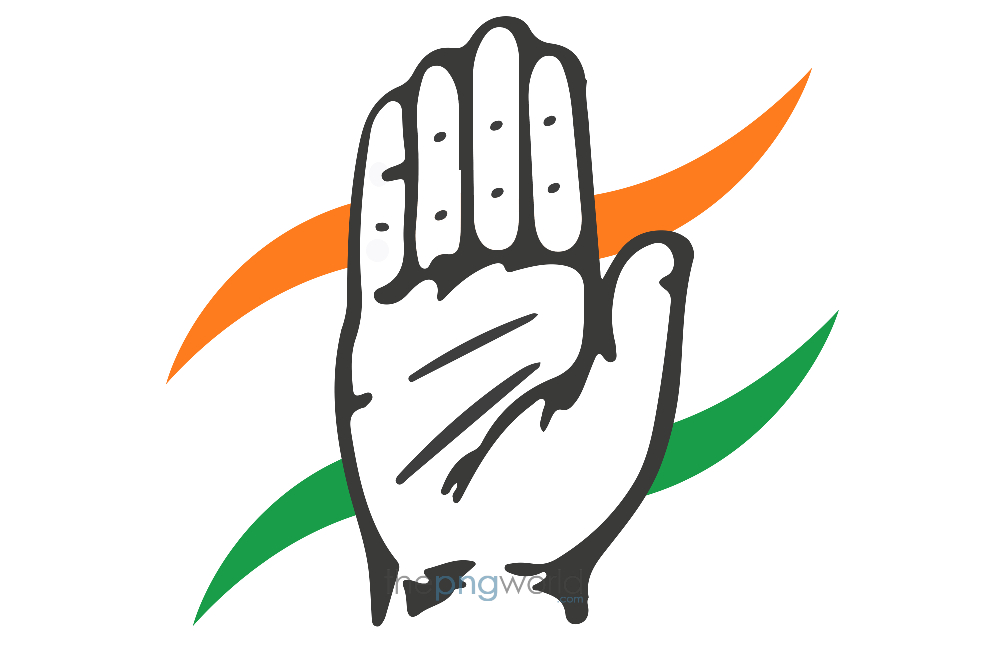
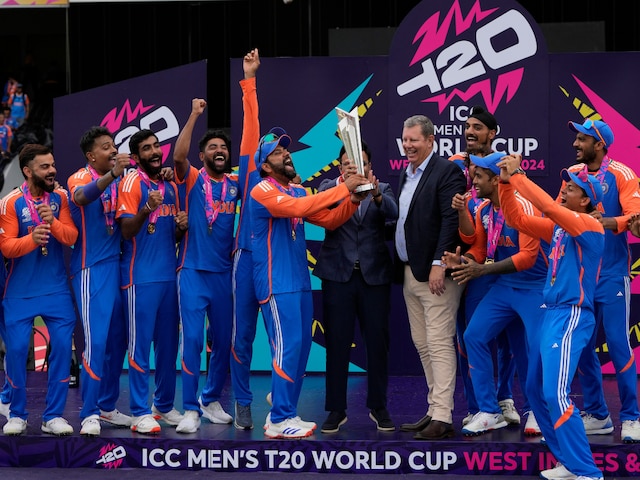

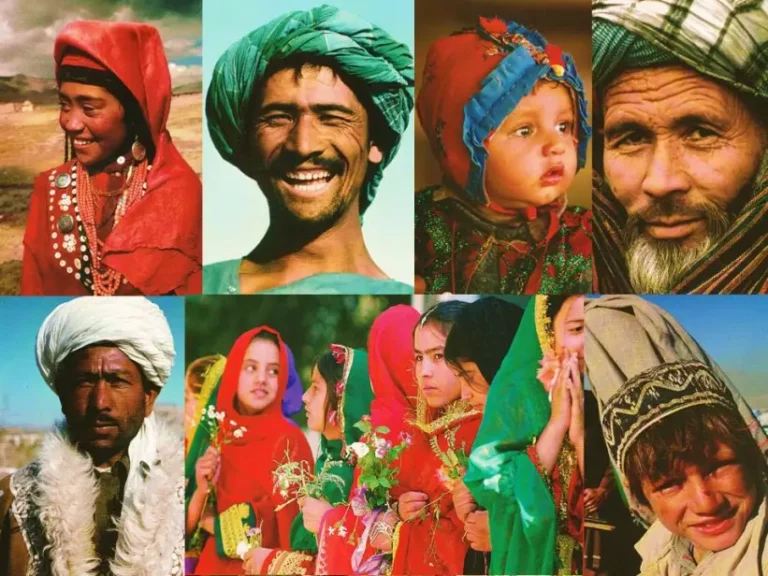
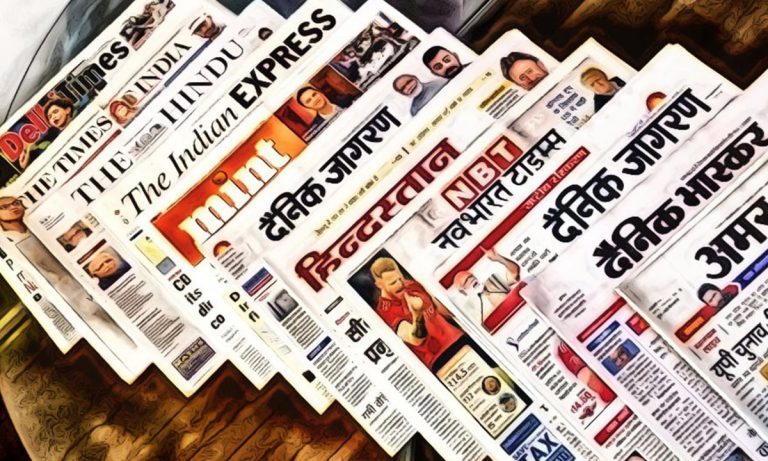
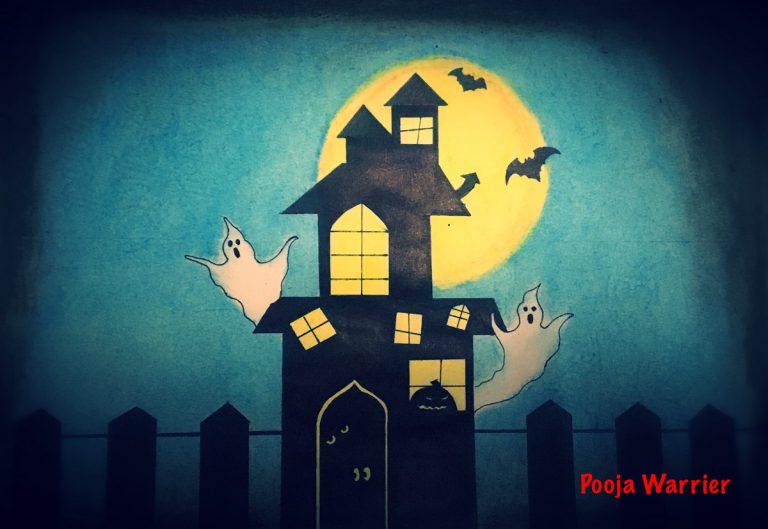
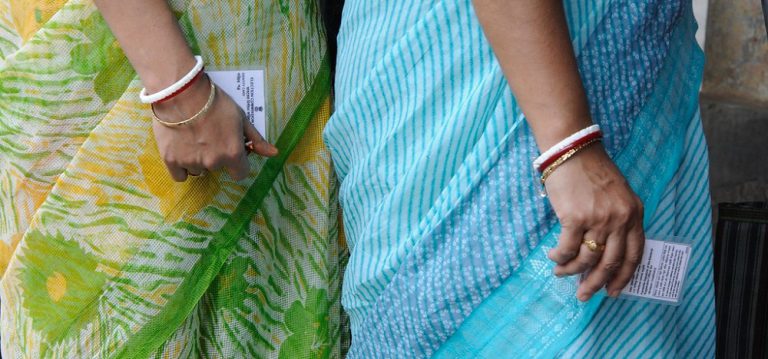
Amazing write-up!!!